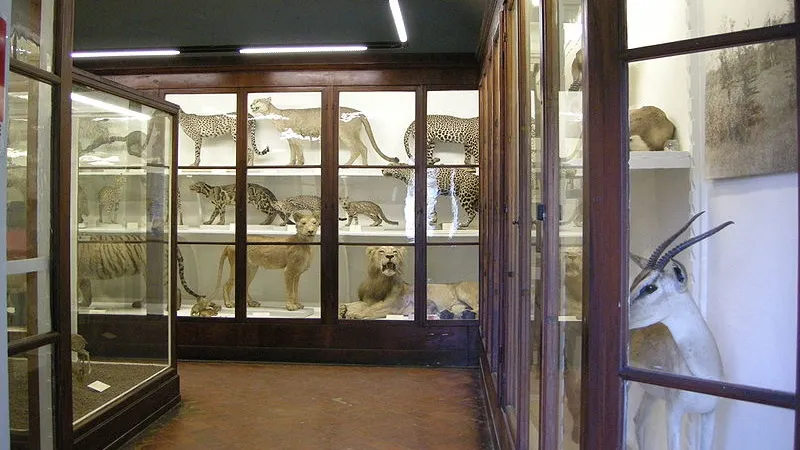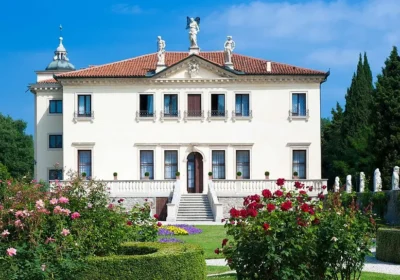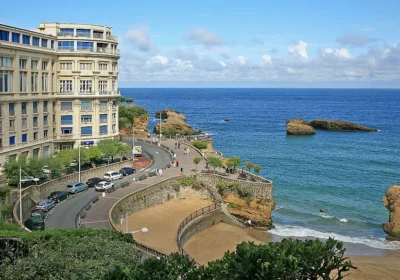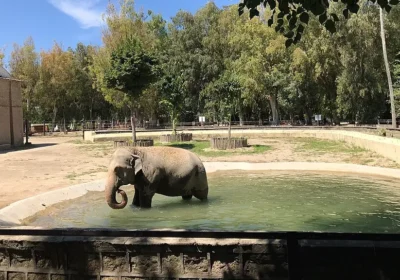Museum of Zoology and Natural History.
A trip to Florence’s Museum of Zoology and Natural History (La Specola) will be an unforgettable and valuable experience for school-aged children. The Museum of Zoology and Natural History (La Specola) is the oldest collection of animal and plant life in Europe, with several thousand species of insects, fish, birds and mammals. A visit to the museum helps you understand how knowledge of the human structure has evolved throughout history. The wax anatomical collection includes rare models made almost 4 centuries ago (this exhibition is best not visited by children, it is also booked and paid for separately). Of particular interest is the palaeontological part of the exhibition with dinosaur skeletons found in Italy.
The Museum of Zoology and Natural History, known primarily as La Specola, is considered part of the eclectic Natural History Museum in Florence. The name of the attraction translates to “observatory” but has nothing to do with objects and phenomena on Earth or in the cosmos. The museum got its name thanks to one observer, whose name in Italian sounds like “la specola”. The institution is the oldest scientific museum in Europe, which has a large wax anatomical collection. There are also fine examples of taxidermy, including stuffed extinct animals and a rather controversial replica of a hippopotamus. The museum contains an impressively large zoological collection, a unique wax anatomical collection, an exhibition dedicated to Galileo and a magnificent exhibition consisting of objects belonging to the Medici family. The oldest collection includes 3 million specimens of fauna and flora, 5,000 of which are on public view, and another 3,000 in the palaeontological part of the exhibition with dinosaur skeletons. The skeletons of a giraffe, an Indian elephant and a representative of the cetacean group hanging from the ceiling are of great interest to visitors.
The main part of the collection is housed in numerous display cases and cabinets. All the specimens are signed in Italian and Latin.
The museum was opened to the general public in 1775. The exhibition aroused great interest among the public and, in addition to the usual visitors, the German writer Goethe as well as Emperor Leopold II
Open all days except Monday
Open all days except Monday.

















